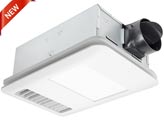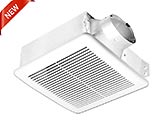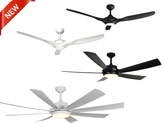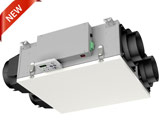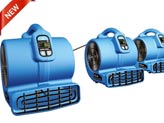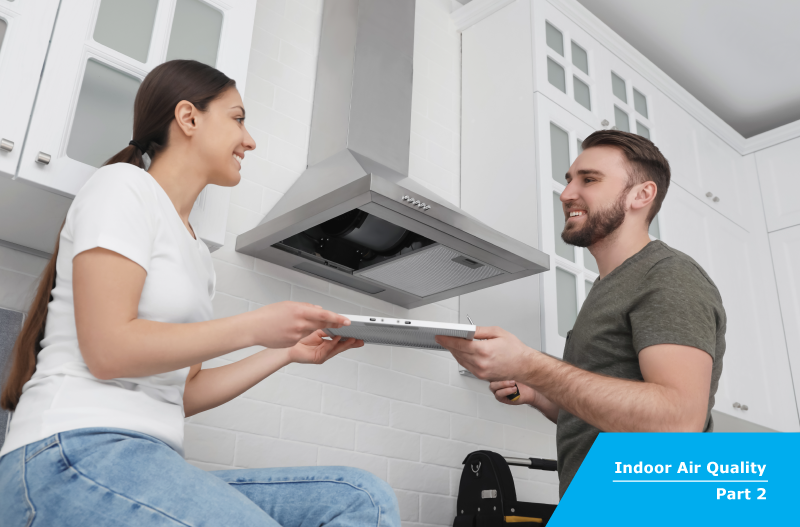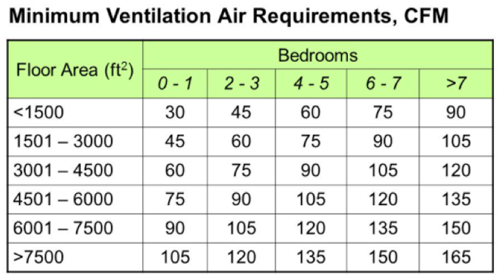Ventilation Improves Indoor Air Quality (By Jeff Klonowski, Product Development Manager)
Home / Learning Center / News / October 2021
Most homeowners don't know what's in the air they breathe at home — so how can we improve indoor air quality (IAQ)?
First, we need to know what's in the air right now. You can buy IAQ monitors for under $200 — most will send data about VOCs, dust-PM2.5, CO2, temperature, and humidity levels to a smartphone app, which is critical when improving IAQ.
Second, Delta Breez created the "Seven Golden Rules of Breathing Better at Home" to help you eliminate indoor pollution sources. We hope you find our list helpful.
Seven Golden Rules of Breathing Better at Home
1) Stop using air fresheners, candles, and incense, which release chemicals in the air.
2) Maintain your HVAC system filter and replace it every three months. Make sure your filter removes tiny dust particles (PM2.5) but isn't too restrictive that it reduces your system's overall operational efficiency.
3) Test the radon level in your home — if it is above 4pCi/L, install a radon mitigation system.
4) Keep humidity between 35% - 50%Rh, and make sure the bath fan runs while you shower and 20 minutes afterward. Have your bath fan flow rates tested with a bolometer to learn how much air exhausts outside — the recommended ventilation rate is 1CFM/ft2 of bathroom floor space. Bath fan maintenance is critical — clean exhaust squirrel cages annually to maintain long-term performance.
5) Contaminants and steam from cooking contributes to bad IAQ. Try adding an exterior duct to your range hood — especially for gas stoves. The minimum recommended flow rate for a range-hood is 100CFM/12" of cooktop width.
6) Store pesticides, paint, lawn chemicals, and fuels in a shed detached from your home. Keep your household cleaning items in a room with a continuous run WHV (Whole House Ventilation) system. Install a WHV fan in your laundry room to remove VOCs off-gassed by your clothes dryer – and set your WHV system to the ASHRAE specified rate in the chart below.
7) Consider a separate air filtration system if your HVAC system can't filter the air — room filtration systems help improve IAQ. Standalone filtration systems remove dust particles, while other systems help eliminate VOCs. Make sure to service and maintain your filtration system properly.
